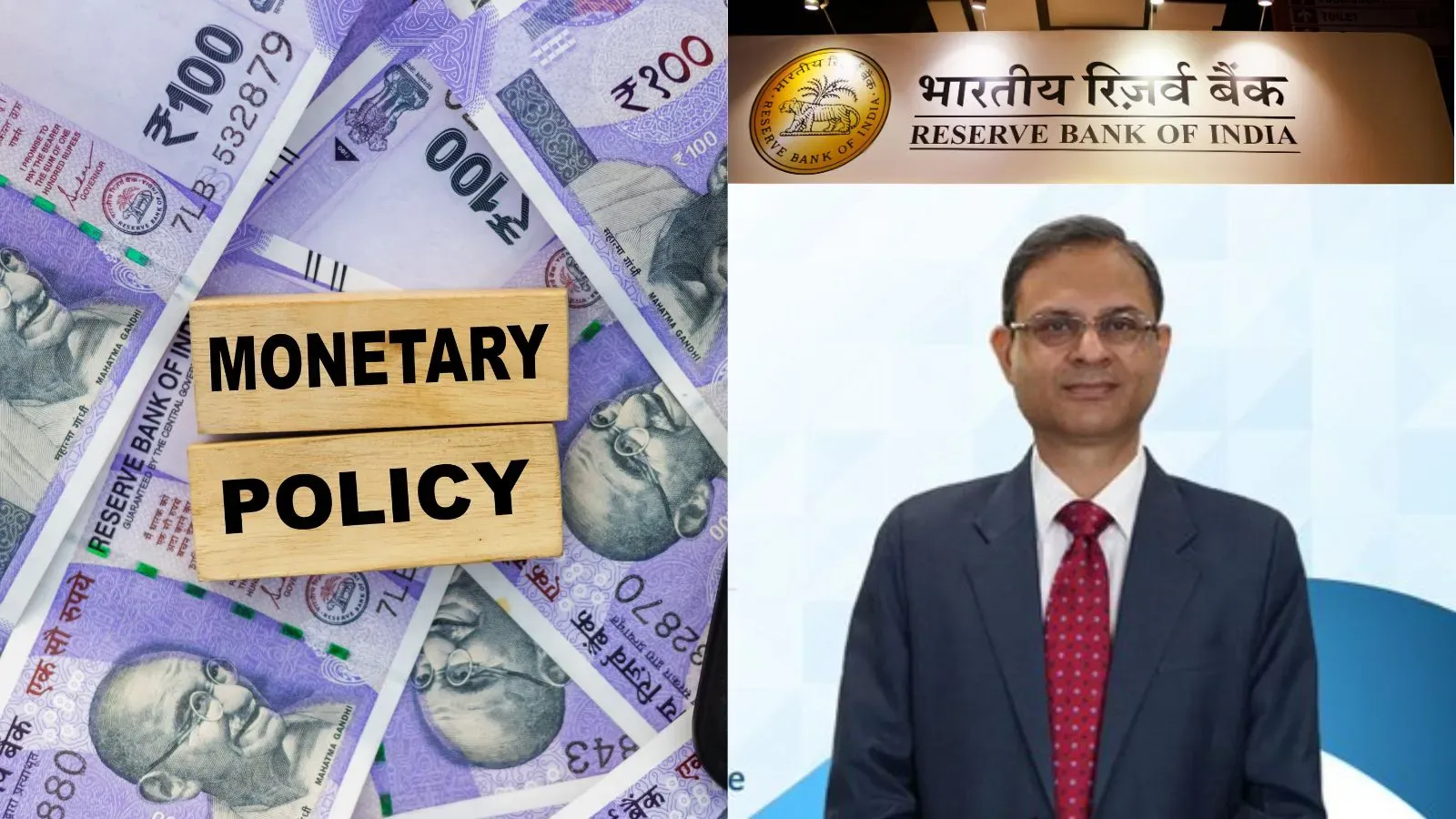Business News
India gears up for $2 billion bond inflows as JP Morgan Index inclusion day nears
.png)
3 min read | Updated on June 28, 2024, 12:20 IST
SUMMARY
The inclusion is poised to drive significant economic benefits for India, including increased foreign investment, lower borrowing costs, and improved financial stability. It will free up domestic capital for private-sector investments, crucial for India's goal of becoming a developed country by 2047.

India gears up for $2 billion bond inflows as JP Morgan Index inclusion day nears: What this means for the country?
In late 2023, JP Morgan announced India’s inclusion in its Global Emerging Markets (EM) Bond Index, a decision that could redefine the country's financial landscape. This was followed by Bloomberg’s announcement in March 2024 regarding India's inclusion in its EM Local Currency Government Indices. These inclusions are set to happen in a phased manner, with Indian government bonds gradually climbing the index ladder.
Timeline of Inclusions
- JP Morgan Global EM Bond Index: Indian government bonds will have a 10% share by March 2025 after joining the index in June 2024.
- Bloomberg EM Local Currency Government Indices: The process begins in January 2025 and concludes in October.
Foreign investors have bought more than $10 billion of Indian government bonds to record ownership levels, Reuters reported. Since JP Morgan announced India's inclusion nine months ago, net basis purchases of eligible bonds amount to ₹841 billion ($10.08 billion).
What Does This Mean for India?
Economic Growth and Private Capital
India aims to become a developed country by the time it celebrates its centenary of independence in 2047. It needs private capital inflows to remain competitive and raise living standards. Most of the large infrastructure projects were funded through domestic public sector borrowing, making them expensive.
Benefits of Foreign Investment
Overseas investment into government debt can unlock domestic financial resources for private sector investments within India leading to economic growth. An annual inflow of $30-$40 billion in foreign investments is predicted by experts over the next 5 years; possibly freeing up an equivalent amount of domestic capital.
Lower Borrowing Costs
Higher demand for Indian bonds will lower their cost of borrowing. As demand for the country’s bonds rises and supply remains limited, yields will reduce which will lead to higher bond prices.
This is driven by the basic economic principle that bond prices and yields move inversely; as yields decrease, bond prices increase, indicating rising demand.
Improved Financial Stability
Foreign investors' growing interest shows faith in India's financial stability. As foreign funds buy larger portions of government securities (G-Secs), domestic institutional investors will seek other places to invest their money in long-term assets (for example in the development of infrastructure and other things).
India's Role and Responsibilities
To make the most out of this opportunity, the country should improve its project preparation capacity, create a pipeline of bankable projects and upgrade implementation capability. Joining global bond indices puts India on the world stage but also exposes it to global economic cycles so policymakers must keep their eyes open for any sign of trouble brewing abroad.
Benefits at a Glance
The inclusion of India in the most significant worldwide bond indexes by Bloomberg and JP Morgan is an important step in the financial development of this nation. This act will likely foster large amounts of overseas investments, reduce borrowings as well as free up internal funds for infrastructure projects. As India steps into the global financial arena, the country must enhance its project readiness and maintain sound economic policies to leverage these opportunities fully.
By signing up you agree to Upstox’s Terms & Conditions
About The Author
Next Story

